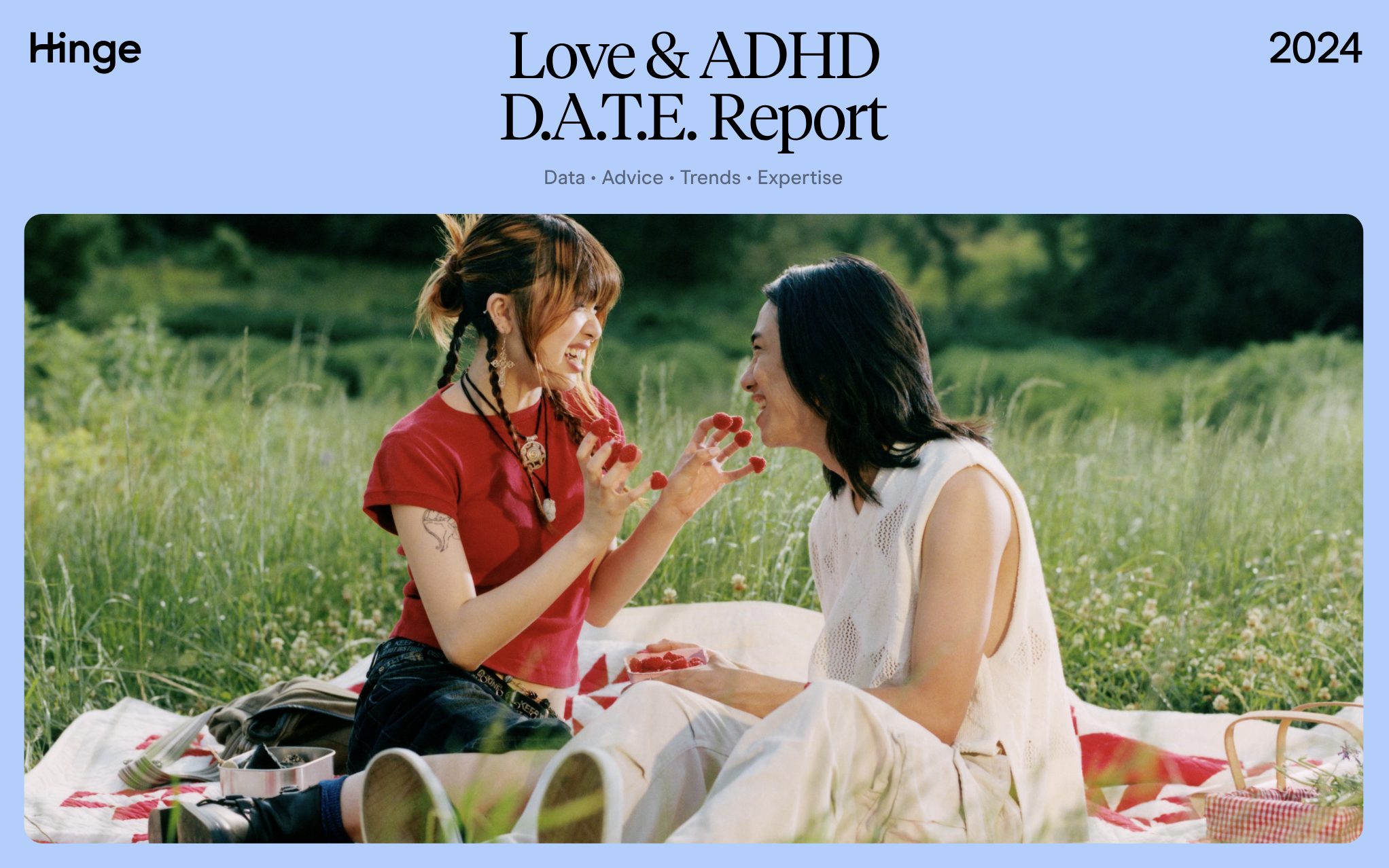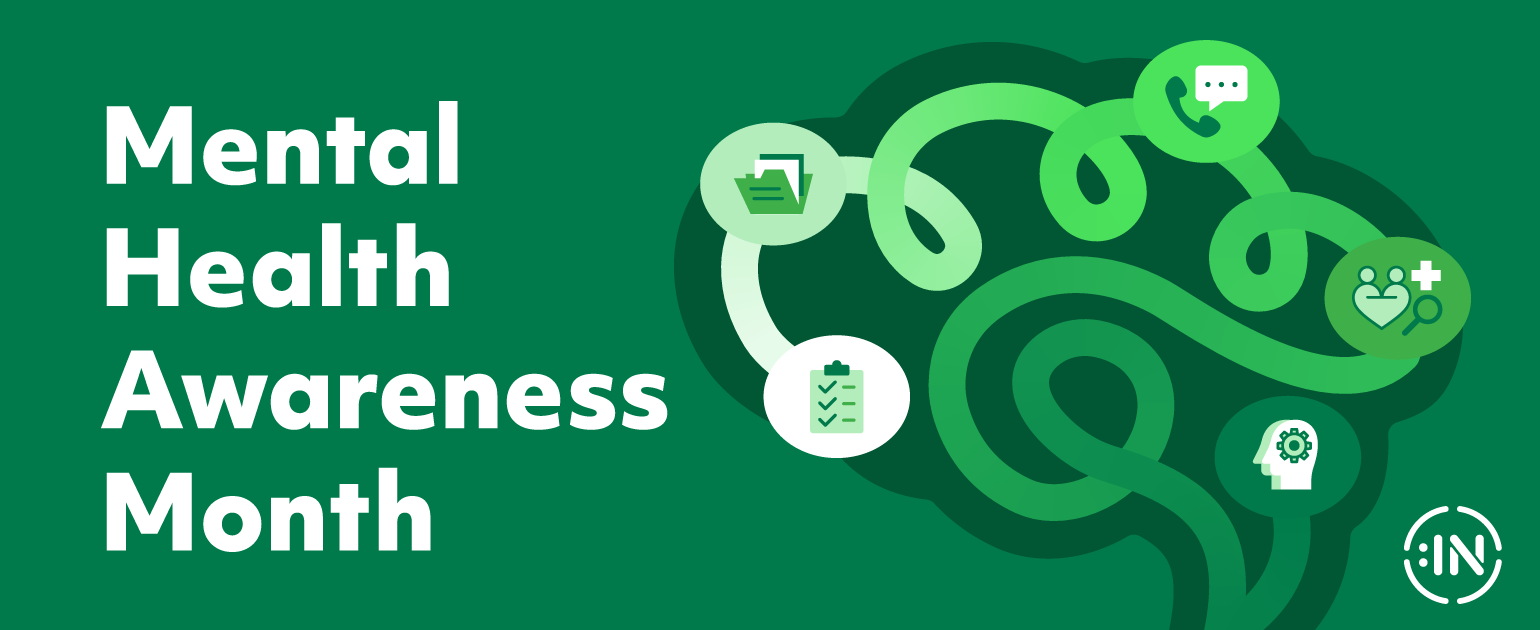Many disabilities, such as mental illnesses, learning and attention issues, some physical illnesses, neurodiversity, and many other disabilities are not apparent. Below is some suggested guidance from Disability:IN in speaking about such disabilities:
- “Non-apparent disability”: This is the terminology Disability:IN uses and recommends. It implies the disability is just that – non-apparent and does not imply any negative connotation. We believe disability is a strength and it does not matter what type of disability someone has.
- “Hidden disability”: This implies that the person with the disability is purposefully withholding this information. There is a difference between choosing to not self-disclose a disability versus actively hiding it.
- “Invisible disability”: For some people with disabilities, this term is offensive. It suggests the person is not visible or that you cannot discern that a person has a disability, which is not always true. The same is true for “non-visible disability”. Non-apparent disabilities may become apparent, depending on the type of disability.



